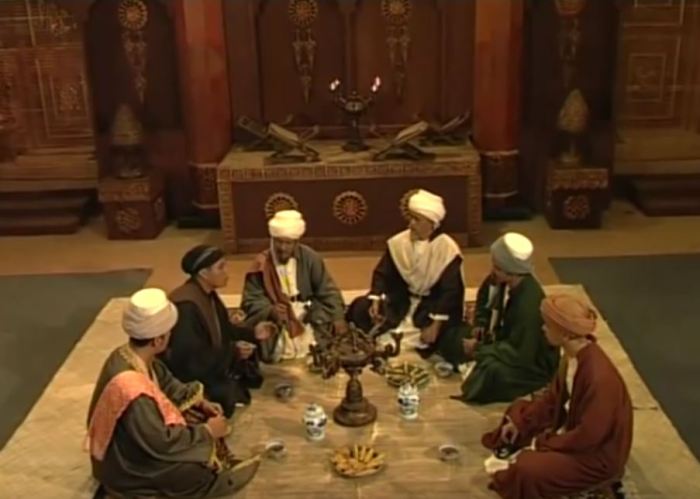We plan to visit Jakarta, Jogjakarta, and Surabaya in Java.
To start, it was exciting to stumble upon the works of the Royal photographer of the Yogyakarta Sultanate, Cephas.

Thereafter, I quickly realized that the history of Java is very poorly documented in English. Case in point, the Babad Tanah Jawi (“The History of Java”), a seminal text about….yes, the history of Java, hasn’t even been translated into English. It recounts the spread of Islam in the region, which is kind of important.
I thought I’d start by learning about important historic figures and found a few resources. I’ll update the following list as I go:
-
Destiny: The Life of Prince Diponegoro of Yogyakarta, 1785-1855 is the best book I found about Diponegoro, who is one of Indonesia’s national heroes (literally, it turns out there is a formalized list). What I was really looking for was a book on Yogyakarta, the artistic and cultural heart of Java, but unfortunately it doesn’t seem like there’s much. The author’s foreword includes a heartfelt note about the sorry state of a lot of Indonesian manuscripts.
- The Wali Songo, or the Nine Saints (loosely translated, “Wali” means one close to God) brought Islam to Java. While I didn’t come across a great book in English on the topic, I did stumble across this crouching-tiger hidden-dragon style TV show. Pretty exciting! I’m sure this is what history was actually like.


In terms of where the Wali Songo are buried, there is this map online (below). People still pray at the mosques adjacent to the sites. I haven’t read it yet, but a National University of Singapore student wrote a dissertation the Wali Songo in popular culture today.
- Sunan Ampel is one of the more well-known of the Wali Songo. Interestingly, he is ethnically of the Champa, which is a minority group that includes both Hindus and Muslims. Unfortunately, they tend to be neglected in places like Viet Nam and Cambodia, but that story hasn’t really hit headlines yet.
More on the Wali Songo coming up soon. Until then:
http://www.eastjava.com/books/walisongo/html/walisongo/giri.html
http://www.atlaswalisongo.com/
How modern Western Muslims understand the Wali Songo – Cambridge’s Dr. Tim Winter illustrates – fast forward to about 50.”

Will need to check out that book we will be going to Yogyakarta soon as well.
LikeLike
Very cool – would you be interested in posting up your itinerary and a short entry of what you learned? We’ve been struck at how little there is about the place online.
LikeLiked by 1 person
We are in Yogyakarta now! Sure, we will work on that once we have finished up our time here. We will probably do posts on the various activities we do and then also write that up. We also work so don’t have a stereotypical tourist schedule but I do agree, there is very little online about this place! It’s a lovely place so far!
LikeLike
That sounds great – really looking forward to reading! I realized that you can find a lot of good opportunities on various twitter venues, like https://twitter.com/JogjaUpdate
LikeLiked by 1 person
Thanks! 🙂
LikeLike